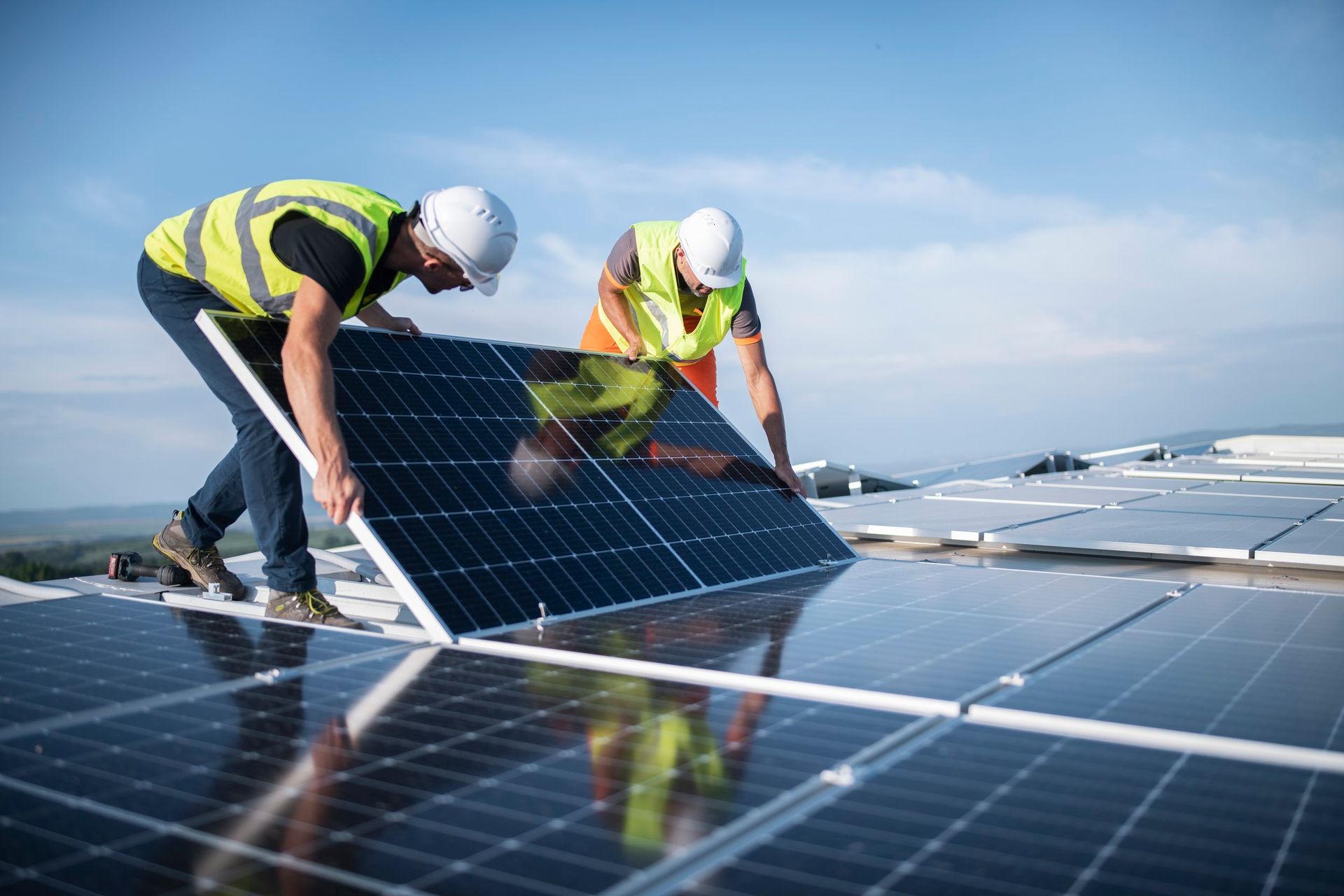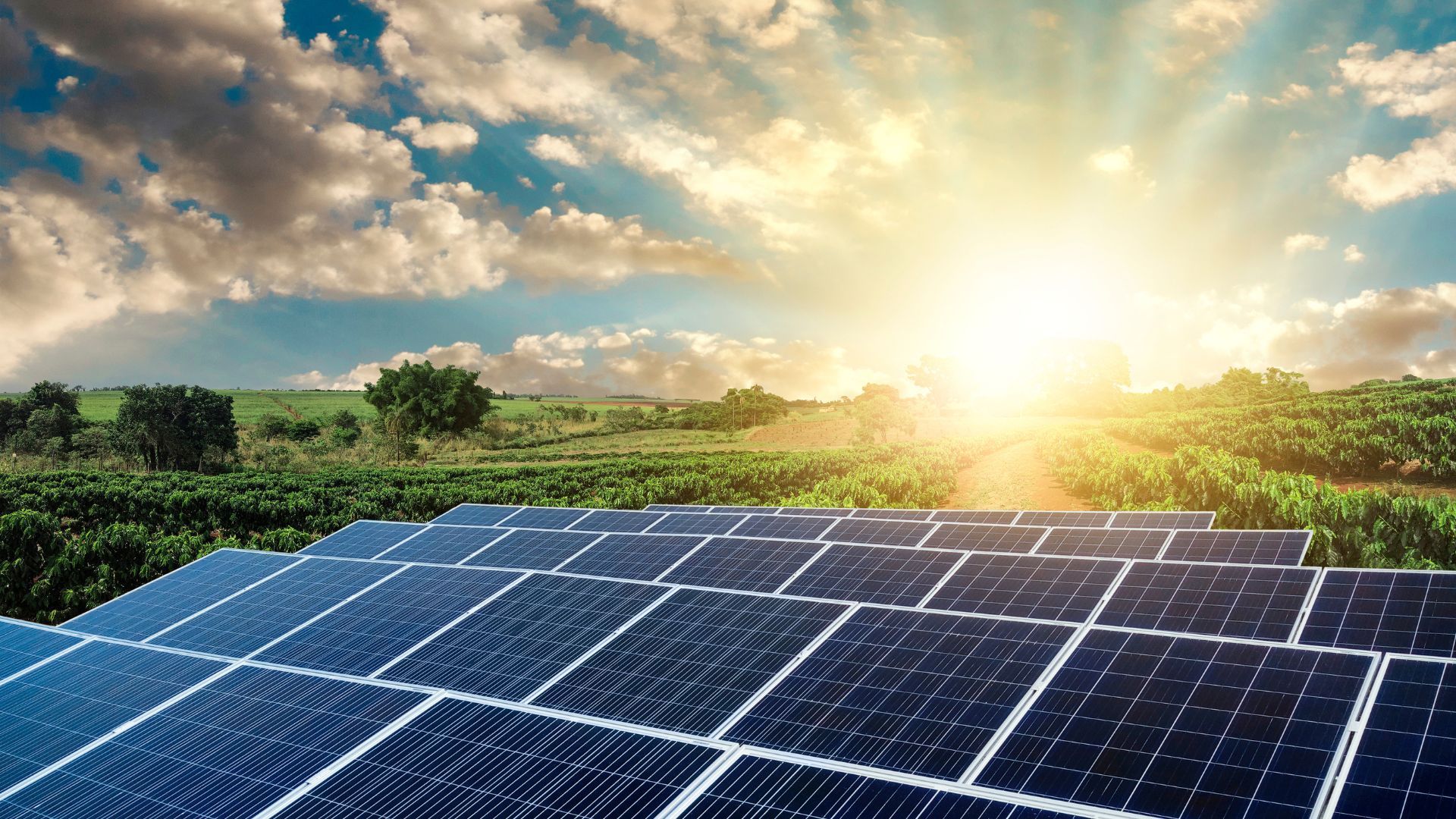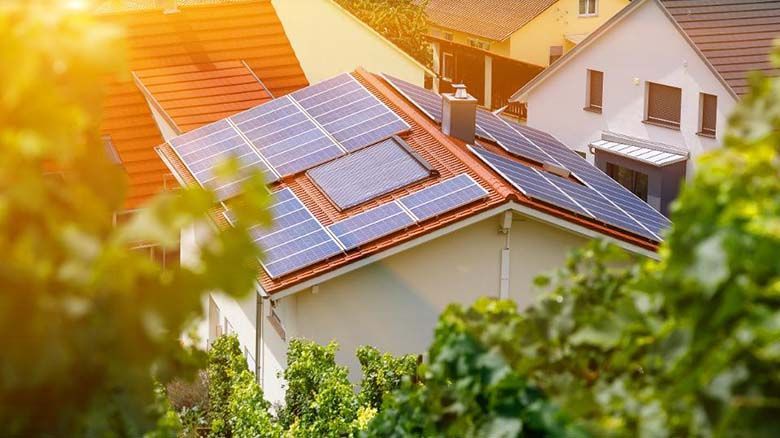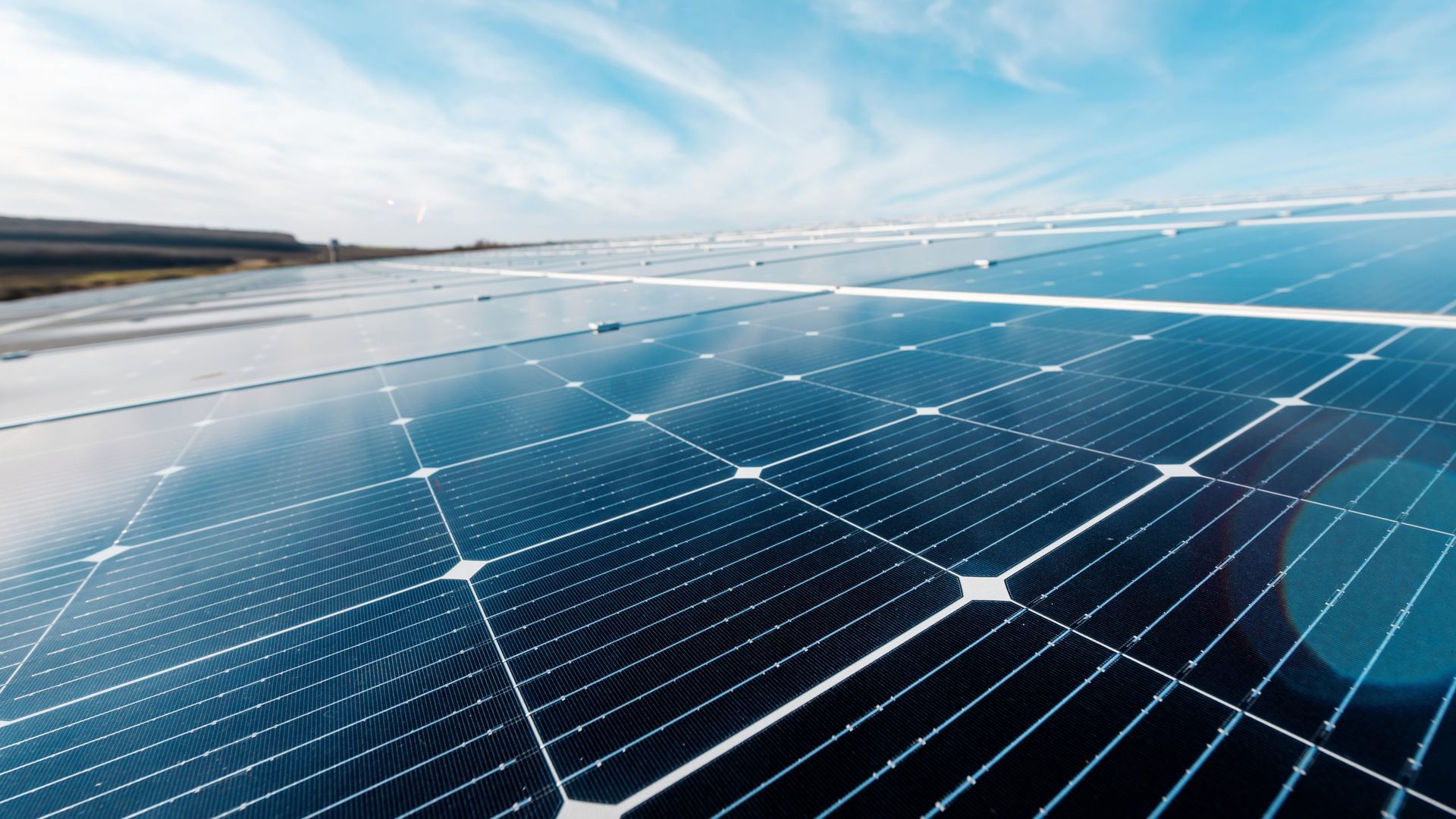Essential Solar Installation Safety Tips: Protect Yourself & Your System
Installing solar panels is a powerful step toward reducing energy costs and contributing to a sustainable future. However, whether you're a homeowner or business owner considering the transition to solar, one critical aspect should always be prioritized—safety. Solar panel installation presents unique challenges, from electrical hazards to working at heights. By following these solar installation safety tips, you can ensure a secure and efficient installation process.

Why Solar Safety Matters
At Los Angeles Solar Select, we prioritize the well-being of our clients and technicians by adhering to strict safety protocols. Proper safety measures ensure every solar project is executed without mishaps, protecting people and properties alike. Below, we discuss essential safe solar panel installation practices to help guide your solar projects.
1. Preparation is Key
Before any installation begins, planning for safety is critical. A well-prepared environment minimizes risks and ensures the process runs smoothly.
- Site Inspection
Assess the roof or ground area where the panels will be installed. Check for structural weaknesses, potential trip hazards, or overhead electrical lines. For businesses with larger spaces, ensure structural reinforcements where necessary. - Weather Check
Never install panels in extreme weather conditions like strong winds, rain, or intense heat. A dry, stable environment is crucial for safety. - Materials & Tools
Ensure you have all required tools and materials ready. Using professional-grade equipment guarantees a safer, more efficient installation.
2. Perform Roof Work Safely
Most solar panel installations are performed on rooftops, making falls one of the most common hazards. Following specific precautions will help avoid accidents:
- Use Fall Protection Equipment
Safety harnesses, ropes, and anchors are must-haves when working at heights. OSHA-compliant fall protection measures ensure workers remain secure. - Keep the Roof Clear
Remove unnecessary tools, hardware, or materials to minimize trip hazards. Always maintain a clutter-free work area. - Proper Ladder Usage
Ladders should extend at least 3 feet above the roofline and adhere to the correct 4-to-1 positioning ratio (1 foot outward for every 4 feet of vertical height). - Beware of Skylights
Treat skylights as potential fall hazards. Install railings or net covers to ensure worker safety.
3. Electrical Safety Guidelines
Solar panels, by nature, generate electricity even in indirect sunlight. Handling these live systems without precautions can result in severe injuries.
- Turn Off Power
Ensure household power is sealed off before any connections. Use lockout/tagout devices to safeguard against accidental energization. - Handle Panels with Care
Uncovered panels can still produce voltage. Cover them with an opaque tarp while working to avoid unwanted energy generation. - Employ Insulated Tools
Use insulated gloves and tools to prevent electric shocks while connecting inverters and wiring.
External Link Recommendation: For more detailed electrical safety protocols, consult OSHA's Electrical Safety Guidelines.
4. Lift and Move Panels Safely
Solar panels can be heavy and unwieldy. Improper handling can cause strains, injuries, or even panel damage.
- Teamwork Matters
Enlist at least two people to move panels—one on the ground and another on the roof. For larger projects, use motorized lifts. - Use Proper Lifting Techniques
Always lift with your knees and not your back. When possible, use carts or pulley systems for easier panel transport.
5. Protect Against Environmental Conditions
Solar panel installations often expose workers to extreme heat or cold, depending on the season or location.
- Hydrate and Seek Shade
For hot Los Angeles summers, ensure frequent water breaks and cool-down periods. - Layer Up
During colder months, wear appropriate layered clothing to stay warm. Avoid dampness to prevent hypothermia risks. - UV Protection
Always wear sunscreen and protective gear like hats or glasses to guard against prolonged sun exposure.
6. Dress for Success
Wearing the right gear is essential when working with solar panels. Proper personal protective equipment (PPE) can prevent injuries and accidents.
- Safety Helmets
Protect against falling tools or debris. - Gloves
Insulated gloves are critical for protecting against electrical hazards while handling metal components. - Non-Slip Footwear
Use soft-soled, slip-resistant boots to maintain balance on sloped or slippery surfaces. - Eye Protection
Wear safety glasses or goggles to guard against flying debris or intense sunlight glare.
7. Work With Professionals
Solar installation is a complex process that requires skilled technicians to ensure everything from safety to efficiency. Choose professional installation services whenever possible to minimize risks.
At Los Angeles Solar Select, our team of trained professionals uses state-of-the-art equipment and safety protocols to deliver custom solar solutions tailored to your needs.
Final Words on Solar Installation Safety
Safety during solar panel installations isn’t optional—it’s essential. By following these solar safety guidelines, you protect not only your property but also everyone involved in the process. From proper PPE to ensuring roof stability, every step plays a role in completing a smooth, accident-free installation.
Looking for a trusted partner for your solar needs? Contact our experts at Los Angeles Solar Select for seamless and safe solar installations.
Ready to work with Los Angeles Solar Select?
Let's connect! We’re here to help.
Send us a message and we’ll be in touch.
Or give us a call today at (818) 873-0152
Agency Contact Form
More Marketing Tips, Tricks & Tools
Blogs






